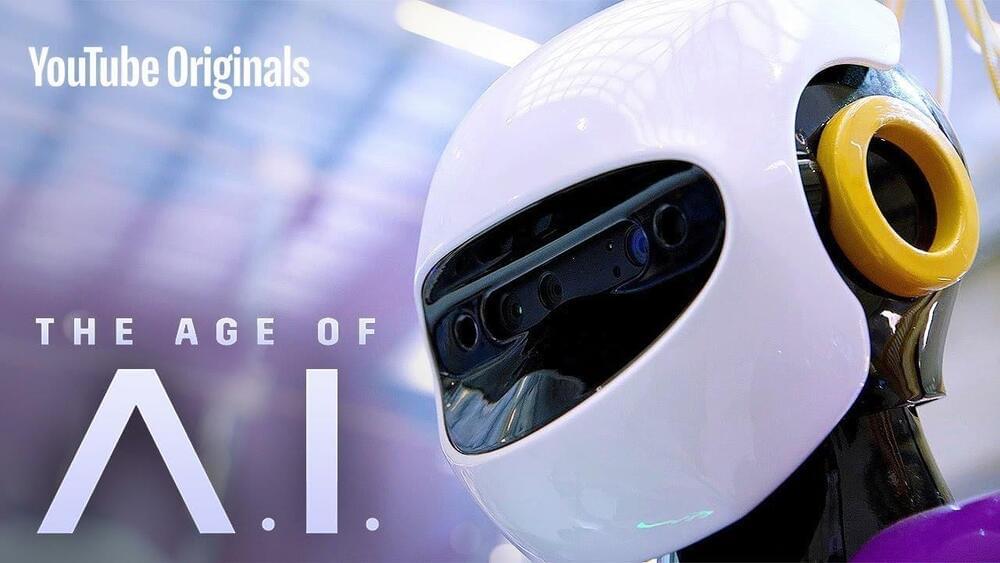The challenge: The building and construction sector is responsible for a big chunk of global carbon emissions. A lot of those emissions come from the production of cement, which is the second most consumed material on the planet behind water.
Cement produces emissions in two main ways. One is through the chemical reactions that occur while sintering limestone and other materials to make “clinker,” a key component of cement. The other comes from using fossil fuels to heat up kilns to very high temperatures.
Cement production releases massive amounts of carbon dioxide, other greenhouse gasses, and particulate emissions into the atmosphere. But it results in the world’s most widely used building material: concrete. Cheap, familiar, and reliable, concrete will likely remain the construction industry’s preferred material for years to come.









